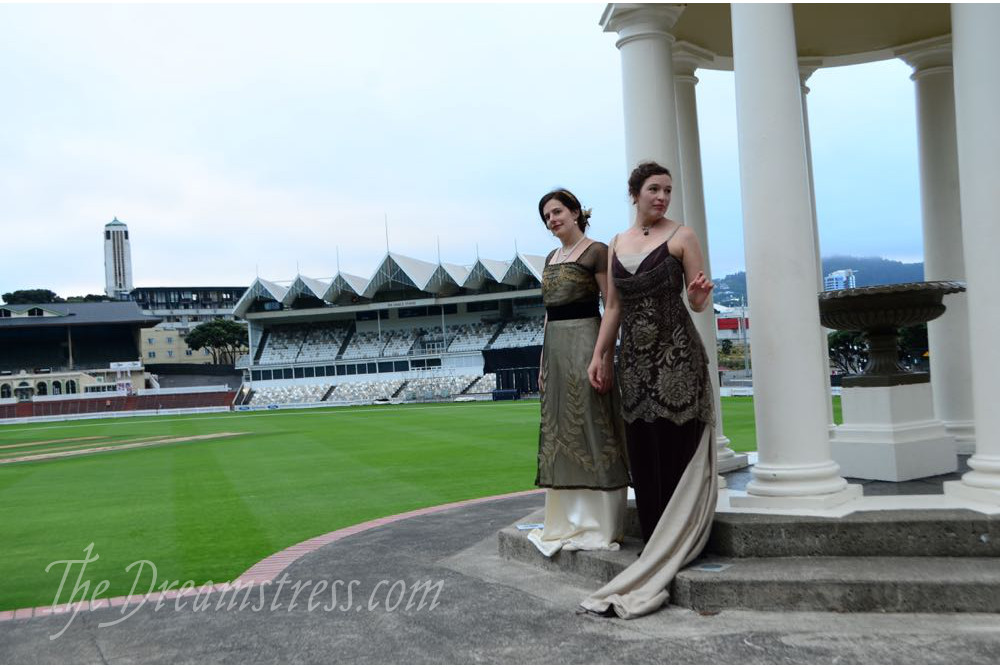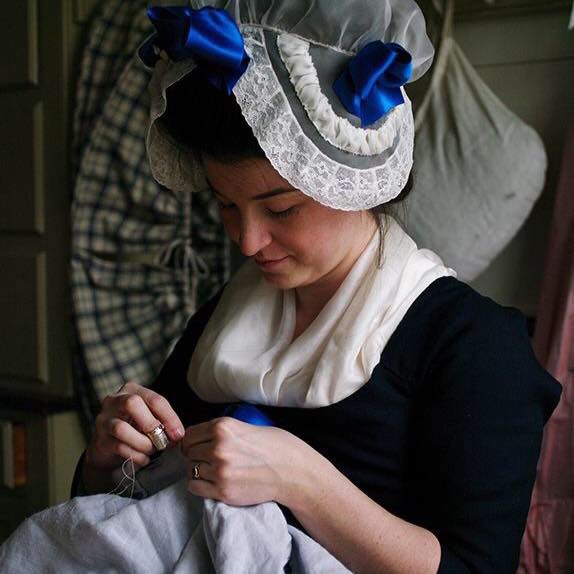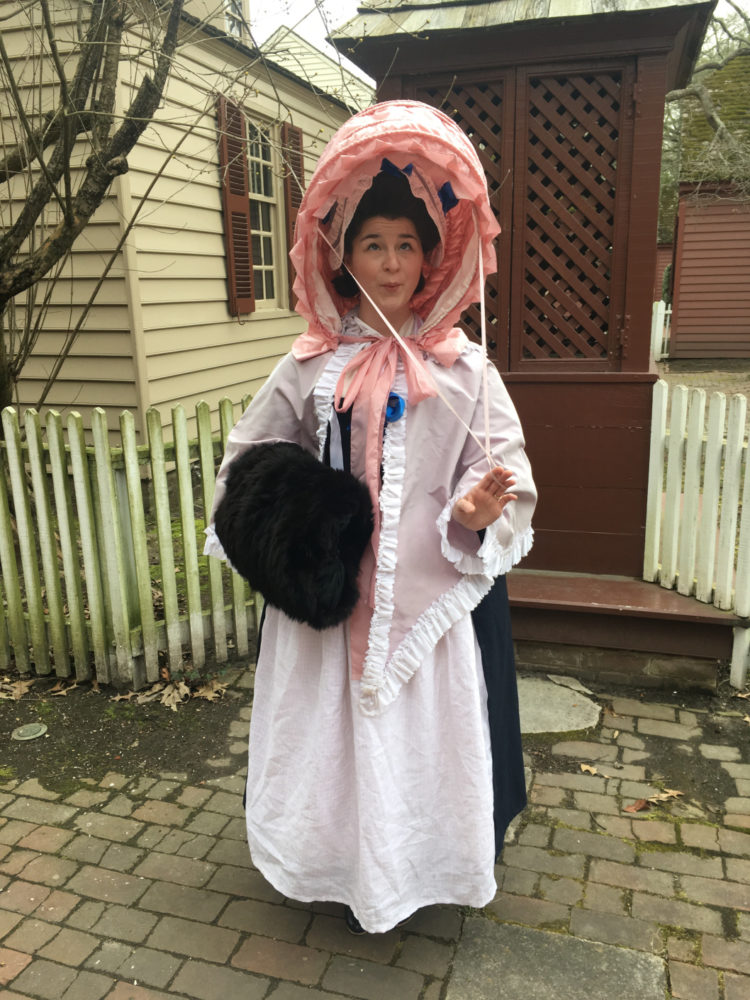Continuing on with my series of Wellington places named after people with extremely…complicated…histories and legacies, today I’m going to talk about William Wakefield, city founder, coloniser*, kidnapper and someone who was totally willing to be a rape accomplice, and his brother Edward, also hugely influential in founding Wellington, even more of a coloniser, even more of a kidnapper, and probably a rapist.
The Wakefields in Wellington
Unlike the Sir Truby King Gardens, which are quite hidden and which took my years to discover (and some Wellingtonians never do), it’s hard to miss to miss the Wellington places named after William Wakefield and Edward Gibbon Wakefield.
Wakefield Street is a main thoroughfare running through the city. If you’re travelling from the airport to the Museum of New Zealand Te Papa Tongarewa, the train station, parliament, or anything government based, you’re almost certainly going to go along Wakefield St.
And if you go the other route to get through Wellington, you’ll pass through the Mt Victoria Tunnel**, and come out facing the Basin Reserve, and the Wakefield Memorial.
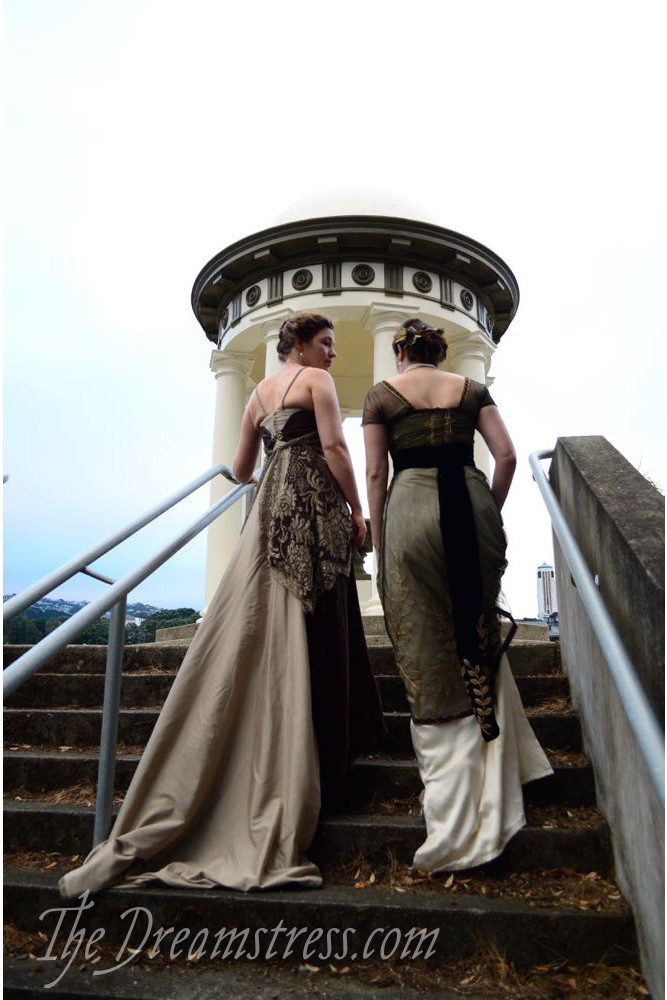
The Basin Reserve
The Basin Reserve is a circular park/sporting ground at the joining point of the city, and three main inner-city suburbs.*** It’s New Zealand’s oldest test cricket ground, and is a the only cricket ground in the country to have Historic Places Status.
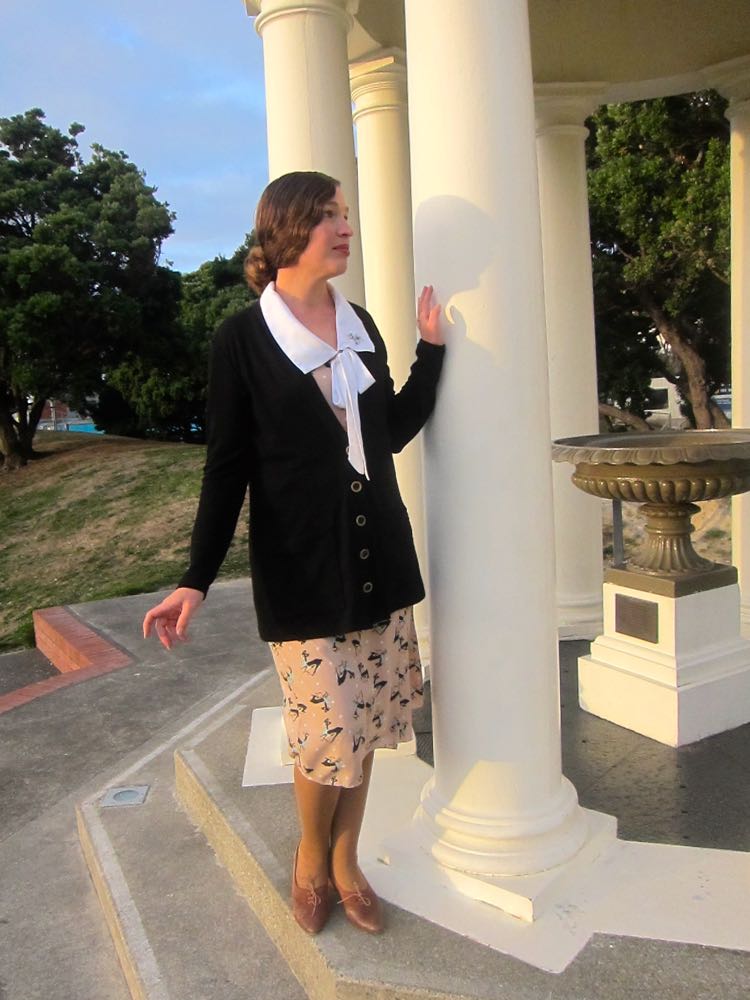
The Basin Reserve features a cricket lawn in the centre, surrounded by a running track, with seating pavilions on one side, and deep grassed steps and small hills on the other, where people sit and picnic while watching cricket.
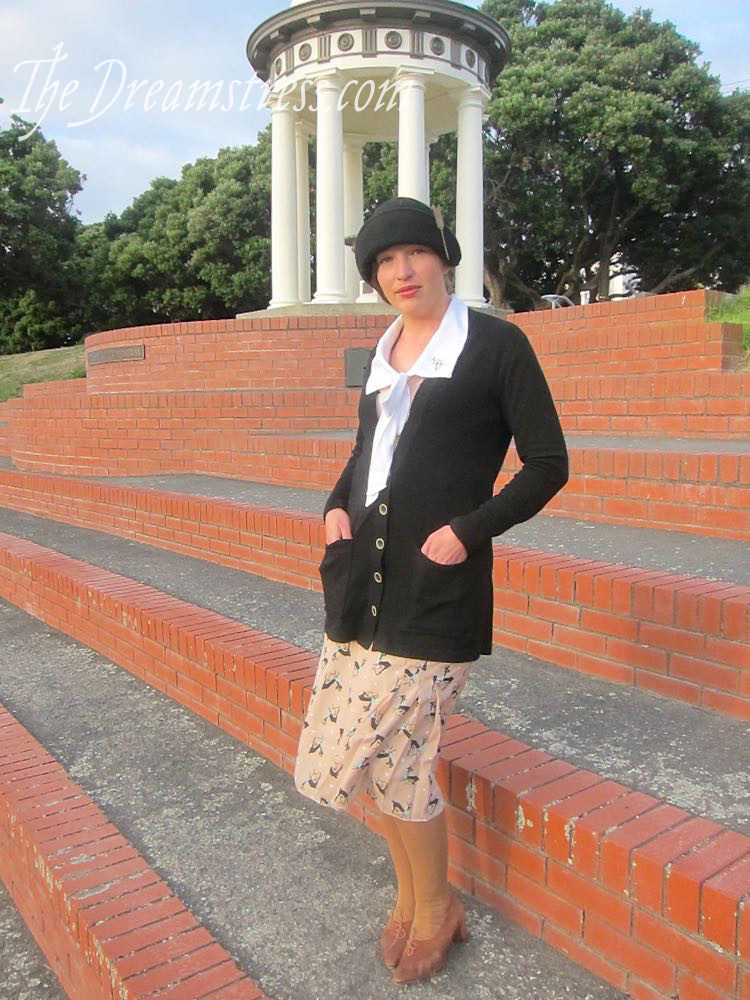
At the top of the steps is the Wakefield Memorial, a small neoclassically inspired mid-19th century gazabo/pavillion-y thing. It’s a a Category I heritage structure on the New Zealand Historic Places Register.
(and, obviously, a reasonable photo backdrop)
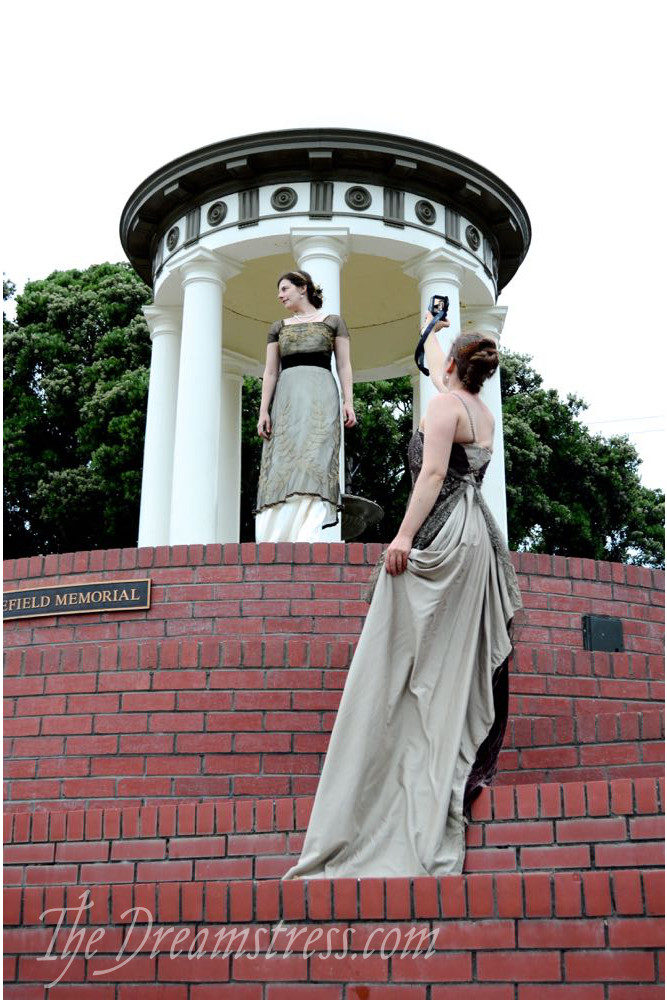
Edward Gibbons Wakefield & William Wakefield
So who were the Wakefield brothers, and why were they important enough to have a street with their name, and a memorial dedicated to one of them?
They brothers are famous/important in New Zealand history because Edward Gibbon Wakefield created the New Zealand Company, which ‘founded’ Wellington, and whose mission was to systematically colonise New Zealand. The company operated on the idea:
“Possess yourself of the Soil and you are Secure.”
And they were willing to use any means necessary to possess the soil, including “trickery”, “lies”, fraud, fraud, and more fraud. The quote and the way he achieved it pretty much sums up Edward’s whole personality.
Edward founded the NZC because he wanted to be rich, powerful, influential, and, most importantly, rich.â€
But, since he didn’t feel like giving up the comforts of life in England for the wilds of NZ, and because he was aware that his talents lay in self promotion and grandiose schemes, not in actually leading or bringing those schemes to fruition, he sent his brother William to be feet on the ground actually leading the colonists in New Zealand – and because of this William was one of the primary city founders of Wellington.
William must have been a remarkably devoted younger brother to fall in with Edwards plans for the New Zealand Company, seeing as the last time he did that, he ended up with a criminal conviction and three-year jail term.
Those bad, bad (actually terrible) Wakefield Boys & the Shrigley Abduction
Which brings us to why the Wakefields are so problematic.
Remember how Edward’s primary goal was to be really, really rich? Well, in grand Regency un-romance tradition, as a man from a reasonable family with little money, he decided to achieve this by marrying a rich heiress.
The first time he tried it, in 1816, he basically borrowed a plot straight out of Austen. He romanced a young, impressionable girl who was momentarily out from under her family’s watchful eye, and ran off with her to Scotland.
To avoid a scandal, her family recognised the marriage and settled some money on her. So the 20 year old Wakefield and the 17 year old former Miss Eliza Pattle settled down to live off her whopping (in today’s money) 7 million pound inheritance.
Unfortunately Wakefield wanted more money, and Eliza died after the birth of their second child, and before she could live long enough to inherit even more money.
So, in 1826 the the now 30 year old Edward Wakefield decided that what worked once, would work again. But this time he’d make it even more efficient, and skip the ‘romancing the girl’ part.
Yep. With William’s help he straight-up kidnapped a 15 year old from her boarding school, lied to her repeatedly to get her to agree to marry him (which she did because they told her it would save her father from debtors prison), took her to Scotland to get married, and then to France where he thought her family wouldn’t be able to rescue her.
However, he mis-judged Ellen Turner’s family, Ellen herself, and the public response to his actions.
While Miss Pattle’s family probably knew Wakefield was a scoundrel and a fraud who was more in love with her money than their daughter, they recognised that Eliza was infatuated with Edward, and had gone to Gretna Green and married him entirely voluntarily. To the public, it looked like a love match.
Ellen Turner, on the other hand, had never met Wakefield before his servant took her from school under false pretences. She agreed to marry him only under duress.
Turner’s family, not surprisingly, were incredibly worried for their daughter, and correctly surmised that public opinion would be in their favour, and that Ellen’s reputation would not be ruined. They got the British and French governments to return Ellen to England (despite Edwards claim that as his spouse she couldn’t be taken from him), and Edward, William, and their mother were all charged with a variety of crimes related to the abduction.
Both brothers spent time in jail, but were able to rejoin society and gain influential positions shortly after their release, because early 19th century England sucked.
As for Ellen, well, Ellen, both Wakefields, and everyone else involved insisted the marriage was never consummated (a story, that, while hopefully true, also protected Ellen’s reputation, and lessened the Wakefield’s sentences, so…). The ‘marriage’ was annulled by an Act of Parliament. She went on to marry a wealthy neighbour two years after her abduction, and died in childbirth at 19. Life before modern medical care sucked.
Why the Wakefield’s are actually even worse
Being all the worst kinds of coloniser isn’t as uncommon or instantly shocking as a Regency era kidnapping and forced marriage, but, in a wider sense, it’s far more terrible.
The New Zealand Company really, really was the worst kind of coloniser. They wanted to govern New Zealand, they wanted to make lots of money, and they didn’t care who they trampled on, what land they stole, and whose lives they ruined to do that.
When the list of people in their own time who thought the Company was awful, racist, dishonest, and run by megalomaniacs includes the British Colonial Office; subsequent New Zealand Governors; the Church Missionary Society; and Britain’s Colonial Secretary, the chances that you’re going to look good in the 21st century are, to put it mildly, slight.
So why does Wellington still have stuff named after William and a memorial?
Well, it’s slightly heartening to learn that while the memorial was commissioned and paid for shortly after William’s death in 1848 by friends of his (who were also NZ Company men), by the time it was actually delivered to Wellington, the NZ Company was so out of favour that the memorial sat in a storage yard until the late 1870s, when a private businessman put up money to have it installed. The city chose the current site, and it went up in 1882. It was moved outside the grounds in 1917, and gradually fell into disrepair.
Interestingly, in 2004 the Wellington City Council chose to restore the memorial, and re-instate it at its current site.
To their credit, the plaque for the memorial does explicitly mention the abduction and William’s jail time, though it’s still a little vague, and doesn’t discuss the NZ Company’s shady reputation.†â€
I’m, personally, OK with the memorial existing and being maintained, not as a monument to the Wakefields, but of a reminder of how complicated history can be, and how things we benefit from came out of awful stuff. The memorial and the plaque led me to research the Wakefields. As it is at the moment it’s presented as part of Wellington’s history, rather than as a honour. I’m not a fan of pretending crappy things in the past didn’t exist: just of making sure that we actually address them, and the memorial is doing an OK job of that.
However, maybe those street names should go? They aren’t really helping to educated anyone as to the darker side of the Wakefields. But when the idea of re-naming things named after the Wakefield’s was recently brought up to Wellington City Councillors they dismissed it as “ridiculous”. Ouch.
Personally, while something relevant to the local iwi would be most fitting, I think Ellen would be a great street name, and has a nice irony and symmetry to it. Replace their name with one to honour all those they abused, and who they wouldn’t have gotten where they were without?
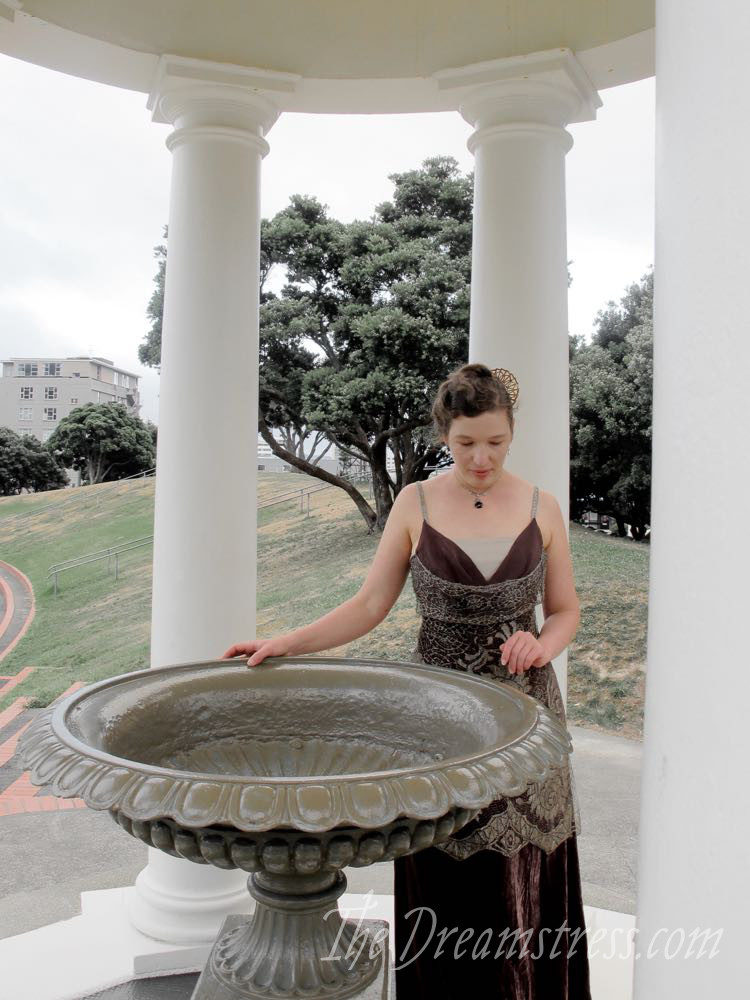
Footnotes
* Which is, obviously, problematic in its own right.
** Named after exactly who you’d expect. I guess she’s problematic too, but it would be exceptionally hard not to be, given her position and time in history.
*** And, incidentally, the largest roundabout in the Southern Hemisphere, and may have been featured in the 2014 Roundabouts of the World calendar by the United Kingdom Roundabout Appreciation Society.
†No, I didn’t accidentally write ‘rich’ twice.
††It’s also a very small plaque.

